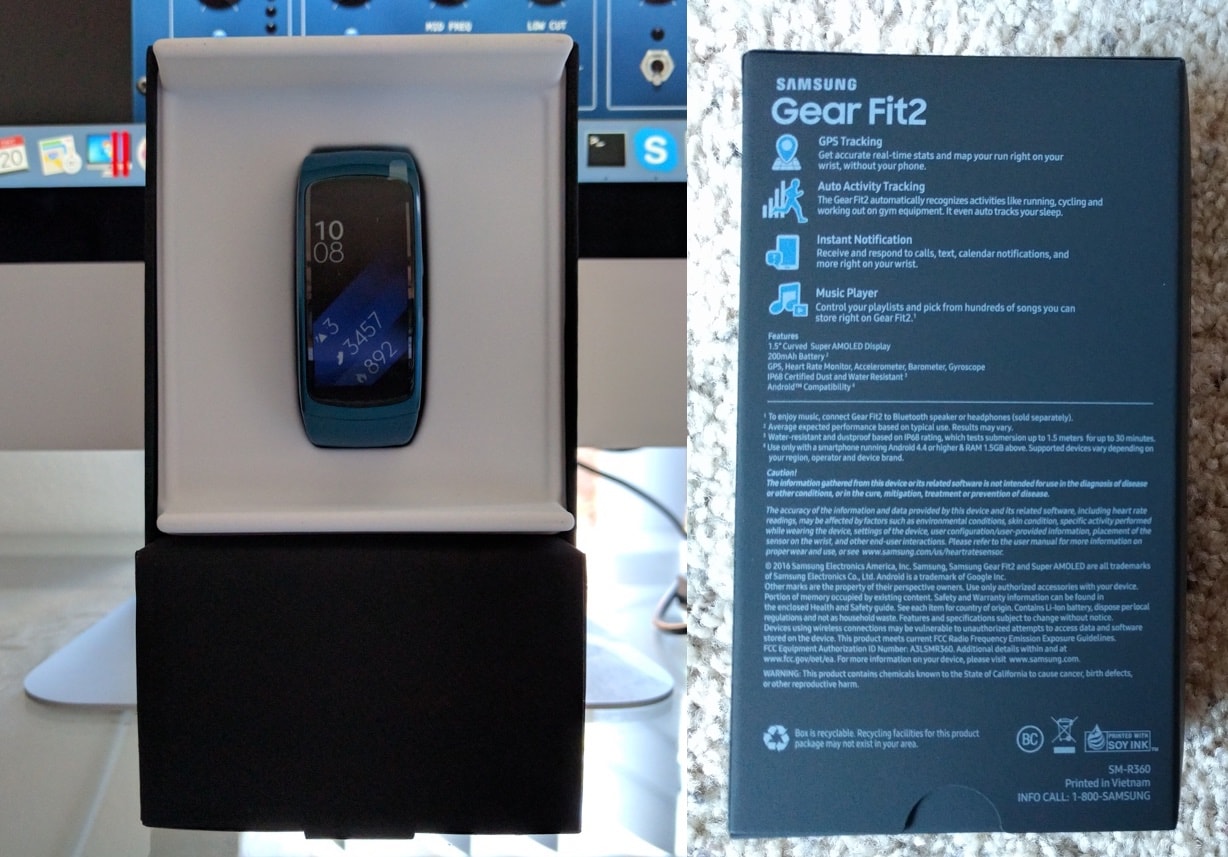Display System Information On The Onion Omega2 OLED Expansion
So I was a recent Kickstarter backer for the Onion Omega2 Internet of Things (IoT) device. My package finally came and I wanted to see what I can do with it. My package included the Omega2, expansion dock, and OLED display so I figured it would be cool to write an application that displayed to the screen.
A problem I always had with the Raspberry Pi, my other favorite IoT device, is that I never knew the IP address or system information because I was always using it as a headless unit. With that in mind, I decided to write an application that displayed this information to the Onion Omega2 OLED screen at boot.
We’re going to see how to write a basic script to show system information using Python and the OLED extension library.
Read MoreInternationalization In A NativeScript Mobile App With Angular
I’m an English only speaker, reader, and writer, so when I download an application from iTunes or Google Play, it is going to be in English. There are many people like this, but possibly in a language other than English. When I release my English-only application, how much of the world am I neglecting? To get the most success for your application, it makes sense to add internationalization (i18n) support so users can access your application in their native language.
Back in my AngularJS days I was using an incredible library called ng-translate and lucky for me, and everyone else, there is a variation of that same library for later versions of Angular. This new library, called ng2-translate, accomplishes the task of multiple language support in your application.
We’re going to see how to add internationalization support to our NativeScript Android and iOS application built with the Angular framework.
Read MoreBackup WordPress Database And Filesystem Data On Linux With Scripts
If you’re like me, you run a WordPress blog and are terrified of the thought of something going wrong. With core updates, theme updates, plugin updates, and server component updates, there is a lot of room for error. This is where a WordPress backup could help ease your mind.
WordPress recommends taking a backup of your blog before any of these are done and there are even some popular plugins that will do this for you. For example, you could use the popular UpdraftPlus or similar, but I believe there is room for error in those as well. While I could be wrong, I think WordPress must be in good shape for backup plugins to be successful.
The alternative would be to create your own backup scripts that run on a cron schedule. We’re going to see how to do this for WordPress instances running on a Linux machine.
Read MoreMy Activity Report For 2016
It has been a long year being an advocate of technology and I thought it would be a good idea to share everything that has happened to The Polyglot Developer and all of its networks.
Last year, in 2015, I started a tradition of sharing my WordPress, YouTube, and course statistics. We are approaching the end of the year and it is that time again.
Below you’ll find statistics that may help you if you’re planning on creating a blog or developing a course. It will give you an idea of costs and what to expect.
Read MoreSamsung Gear Fit 2 Review
Over the past few years I’ve become dependent on wearable technology, a compliment to my smart phones. For the past year I’ve been using a Pebble Time smartwatch, but since Pebble recently sold out to Fitbit and shutdown shop, I was left looking for a replacement to my soon to be disabled smartwatch. This lead me to the Samsung Gear Fit 2 smart device.

There were certain criteria that had to be met, in my mind, in order to find an acceptable replacement to the Pebble that I knew and loved. I’m going to evaluate the Gear Fit 2 and see how it stacks up to comparable devices that exist.
Read MoreCreate A Real Time Chat App With Golang, Angular, And Websockets
I’ve been hearing a lot about websockets lately and how they can accomplish real time communication between applications and servers. They act as a compliment and possible alternative to RESTful APIs that have been around for significantly longer. With websockets you can do real time messaging for things like chat, communication with IoT, gaming, and a whole lot of other things that need instant communication between clients and the server.
A while back I had played around with websockets and Node.js using a library called Socket.io, but since I’ve been really getting into Golang I wanted to explore websockets using the Go programming language.
We’re going to check out how to create a chat application where the client is an Angular application and the server is a Golang application.
Read MoreCreate A URL Shortener With Golang And Couchbase NoSQL
Continuing down the road of Golang development I thought it would be a cool learning example to develop a URL shortener application similar to that of TinyURL or Bitly. I think these are great examples because not only does it teach you how to develop a RESTful API that uses a datasource, but it also challenges you to think critically when it comes to the algorithms.
Previously I had written about creating a URL shortener using my other favorite server-side technology, Node.js, but the languages are so different that it makes sense to try the same with the Go programming language. In this example we’re going to create an application that makes use of Golang, Couchbase, and a few other project dependencies.
Read More